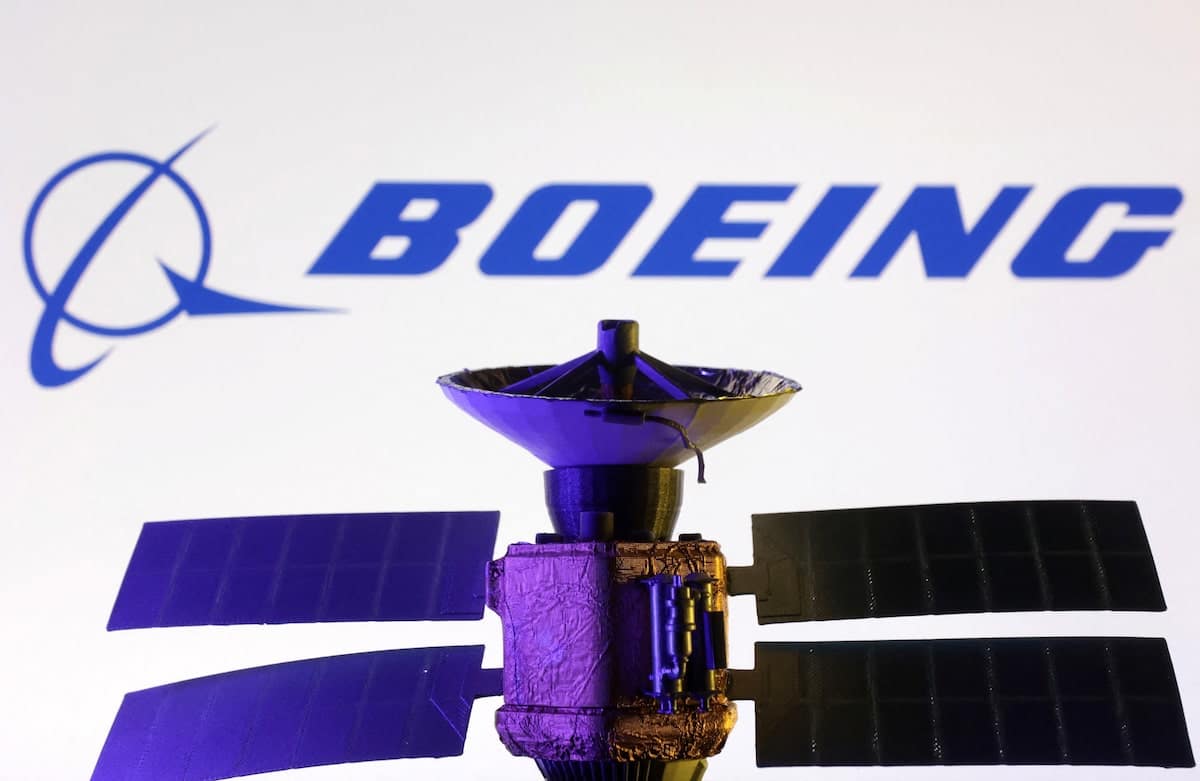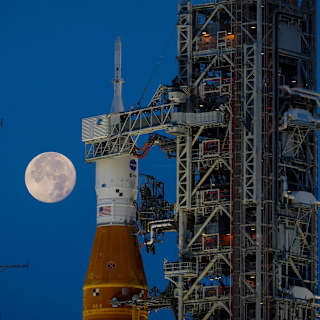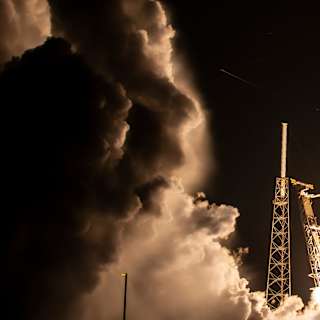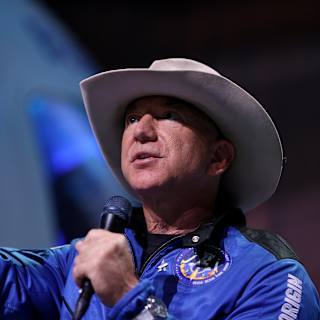- Contract Details and Military Applications
- Strategic Shift in Satellite Communications
- Competition and Industry Background
Boeing secured a $2.8 billion contract from the U.S. Space Force on Thursday to develop strategic satellite communications systems that will serve as the backbone for nuclear command operations. The Evolved Strategic Satellite Communications program marks the aerospace giant's victory over Northrop Grumman in a competition for what officials describe as the space-based component of America's nuclear command, control, and communications architecture.

The initial agreement covers development and production of two satellites, with options for two additional units that could bring the total value higher12. Boeing will deliver the first satellite by 2031, with all work expected to conclude by December 203334.
The ESS satellites will operate in geostationary orbit approximately 22,000 miles above Earth, providing secure communications links for the President and military leaders worldwide3. "It's a critical time to advance U.S. space capabilities to ensure peace through strength," said Cordell DeLaPena, U.S. Space Force Program Executive Officer for Military Communications and Positioning, Navigation, and Timing1.
Boeing's system builds on technology from the company's Wideband Global SATCOM satellites and the commercial O3b mPOWER constellation, offering what the company calls "guaranteed communication to address an evolving threat environment in space"2.
The contract award coincides with the Space Force's cancellation of another major satellite program, the Protected Tactical SATCOM-Resilient initiative12. The service announced it will instead pursue what it calls a "PTS Family of Systems" approach aimed at delivering anti-jam capabilities faster through existing prototypes2.
"The benefits of this innovative approach include saving near-term costs by utilizing lower cost-risk contracts, and providing incremental capabilities faster," Space Systems Command said in a statement2.
Boeing beat Northrop Grumman for the ESS contract after both companies had been developing competing prototypes since 2020 under separate rapid prototyping agreements12. The competition was limited to these two contractors after market research indicated other companies lacked the necessary qualifications3.
Michelle Parker, Boeing's vice president of Space Mission Systems, said the contract validates the company's satellite technology investments. "We scaled our production capacity, invested in our team, hired cleared talent, and assembled hot production lines to make sure that we can hit the ground running from day one," Parker said4.
The ESS program replaces the aging Advanced Extremely High Frequency satellite constellation and represents part of a broader $12 billion strategic communications initiative5.



